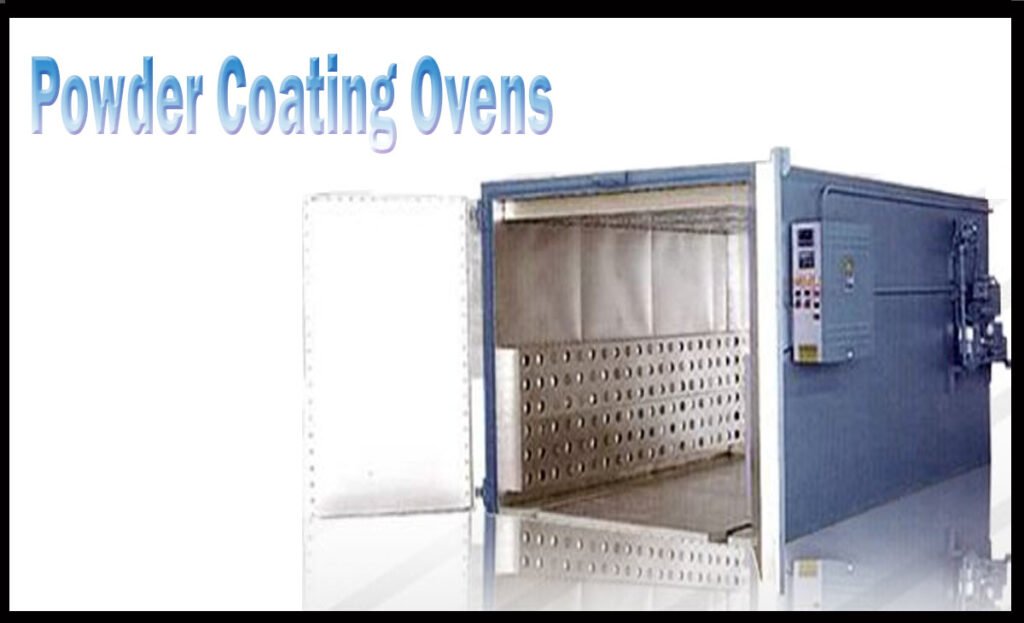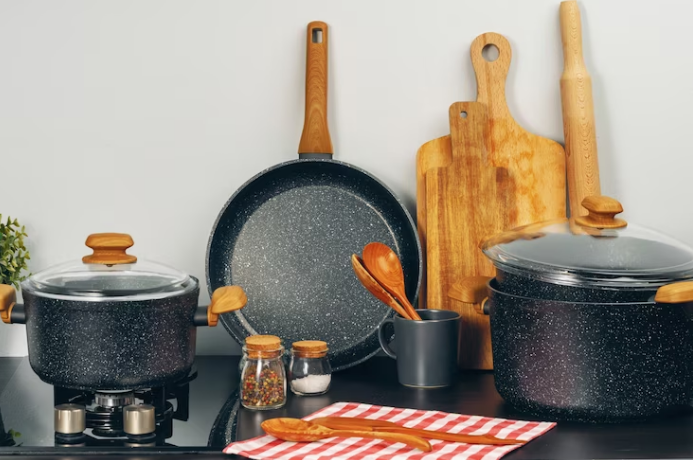Why Do Thicker Coatings Need Longer Curing in a Powder Coating Oven

When it comes to powder coating, thickness matters. Thicker layers require a bit more attention during curing to ensure the finish is both durable and flawless. Understanding why this happens can help operators make smarter decisions when using powder coating ovens for projects requiring heavy coatings.
Deeper Heat Penetration Required for Thicker Layers
Thicker coatings demand more heat to penetrate the entire layer evenly. Unlike thinner coatings that heat up quickly, denser layers take longer to absorb and distribute heat throughout their structure. If the heat doesn’t reach the innermost sections, the coating won’t properly cure, leaving weak spots vulnerable to damage.
Powder coating ovens are designed to deliver consistent heat, but the thicker the layer, the more energy it takes to reach the core. This is why extended curing times are essential for projects involving dense coatings. Skipping on this step can result in coatings that may look fine on the surface but lack the durability needed to withstand real-world use.
Slower Evaporation of Solvents Ensuring Even Curing
Though powder coating doesn’t rely on traditional solvents like liquid paint, moisture or other chemical components within the powder itself can take longer to evaporate in thicker applications. If these elements aren’t allowed enough time to dissipate, the result can be an uneven or bubbled finish.
Inside a powder coating oven, thicker layers slow down the release of trapped elements as the heat works its way through. Rushing this process by reducing curing time can trap these components inside the coating, creating imperfections that not only look unprofessional but can also compromise the coating’s integrity. Taking the extra time ensures that every layer, from top to bottom, cures as intended.
Prevention of Undercuring Risks in Dense Coatings
Undercuring is a common issue when dealing with thicker coatings. When the curing time is too short, the bottom layers may remain soft or uncured, even if the surface looks perfect. This incomplete curing process weakens the adhesion and durability of the coating, leaving it prone to chipping or peeling under stress.
Powder coating ovens play a critical role in mitigating this issue by providing the sustained heat necessary to ensure curing reaches every layer of the coating. Extending the curing time allows heat to work gradually through dense coatings, ensuring the entire surface bonds properly. This attention to detail ensures that the finish holds up under tough conditions.
Time Needed for Proper Bonding Across Multiple Layers
Thicker coatings often consist of multiple passes or layers of powder applied sequentially. Each layer requires adequate curing time to bond effectively with the layer beneath it. Rushing the process can lead to poor adhesion between layers, reducing the coating’s overall strength and lifespan.
Within a powder coating oven, the bonding process depends on consistent, extended heat exposure. Allowing enough time for each layer to cure ensures a cohesive, strong coating that resists damage. This approach minimizes the risk of delamination, where layers separate over time, leading to costly rework or repairs.
Uniform Heat Distribution Minimizing Coating Defects
Thicker coatings amplify the importance of uniform heat distribution in powder coating ovens. If the heat isn’t evenly spread, denser sections may cure improperly, resulting in defects like discoloration, uneven textures, or soft spots. These imperfections can compromise the final product’s quality and durability.
To avoid this, it’s essential to ensure that the oven’s airflow system is functioning optimally. Proper heat distribution ensures that every part of the coated object, regardless of thickness, receives the same level of heat. This precision is what makes powder coating ovens indispensable for applications involving thick coatings, as they provide the control needed for flawless results.
Enhanced Adhesion Achieved Through Extended Heat Exposure
Thicker coatings benefit from extended heat exposure, which strengthens the bond between the powder and the substrate. The curing process in a powder coating oven doesn’t just solidify the outer surface—it chemically bonds the powder to the underlying material. With thicker coatings, this bonding process takes longer to reach completion.
By giving the coating sufficient time in the oven, operators can ensure that the finish adheres securely to the substrate. This extended bonding time results in a coating that is not only more durable but also more resistant to wear and tear. Properly cured coatings are better equipped to handle stress, making them ideal for industrial and high-demand applications.
Avoidance of Surface Cracking with Gradual Curing Processes
Surface cracking is a risk with thick coatings, especially if the curing process is rushed. When heat is applied too quickly or unevenly, the outer layer can harden before the inner sections cure fully. This imbalance creates stress within the coating, leading to cracks that compromise both appearance and performance.
Gradual curing in a powder coating oven prevents this issue by allowing the heat to penetrate slowly and uniformly. This method ensures that the entire coating, from the surface to the deepest layer, cures at the same rate. Taking the time to cure coatings properly avoids unnecessary defects and results in a smoother, more reliable finish that stands up to rigorous use.



Responses